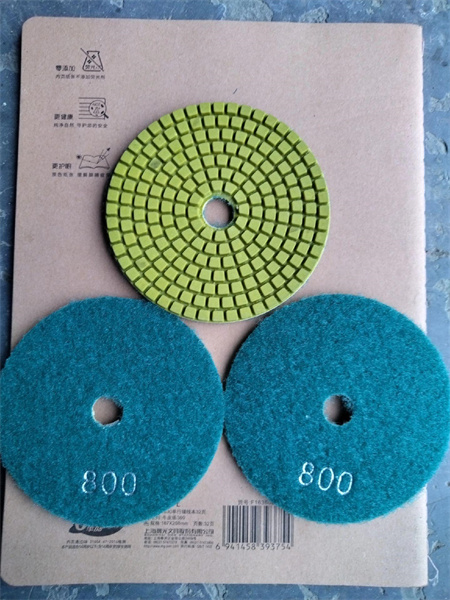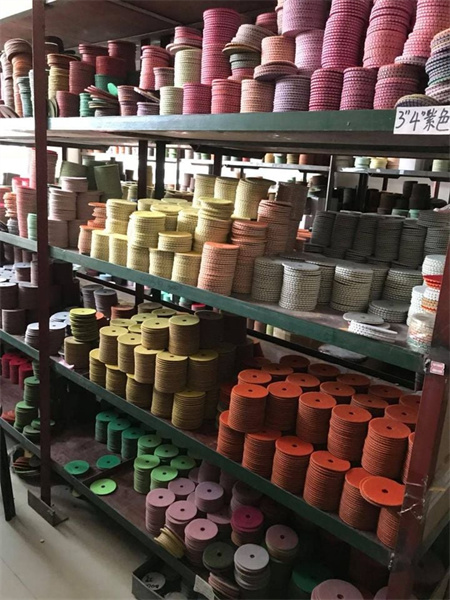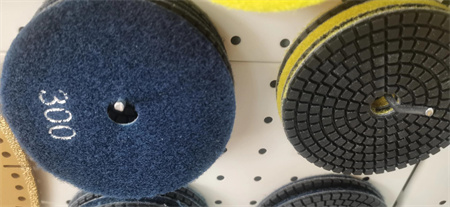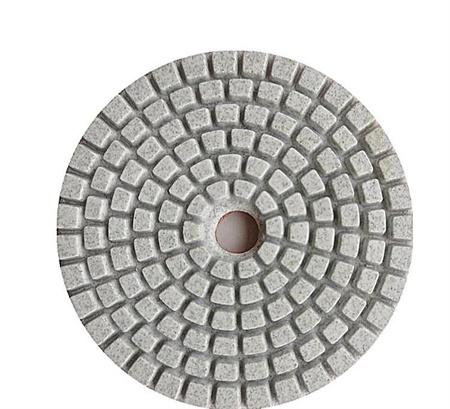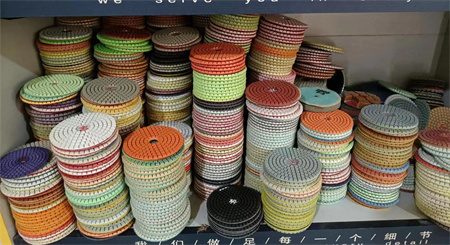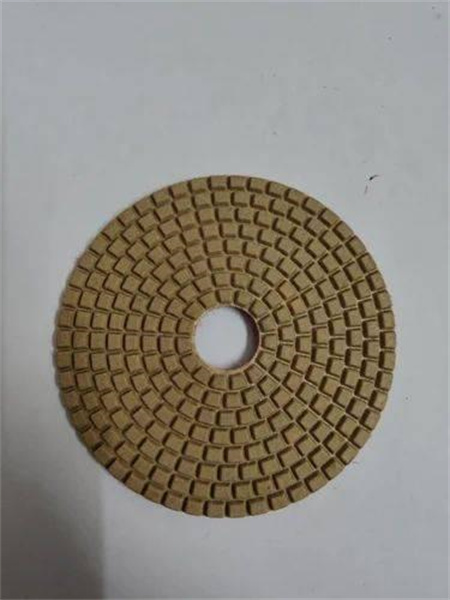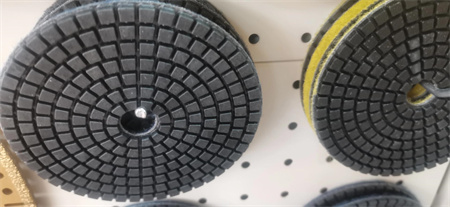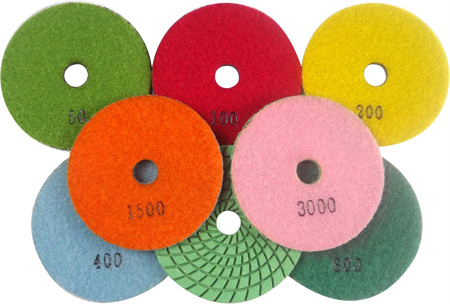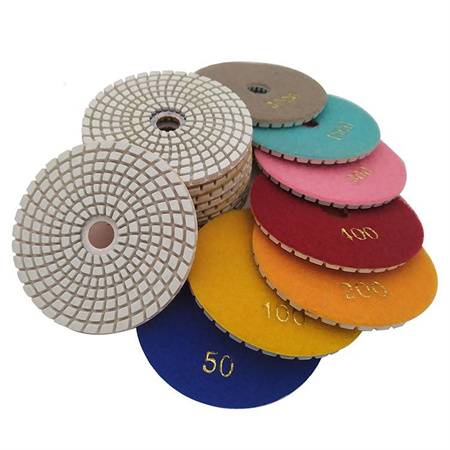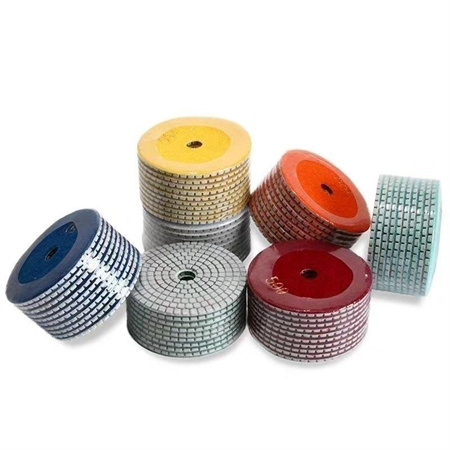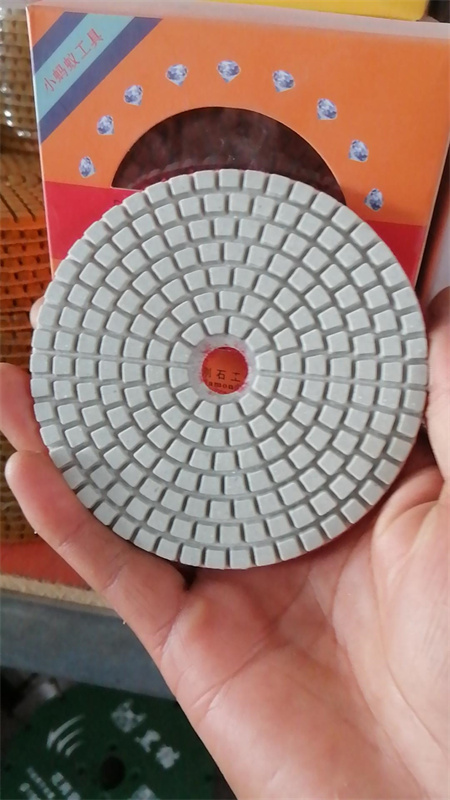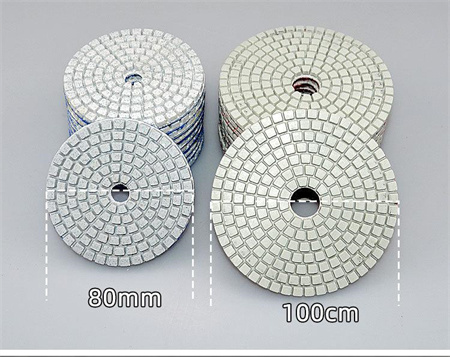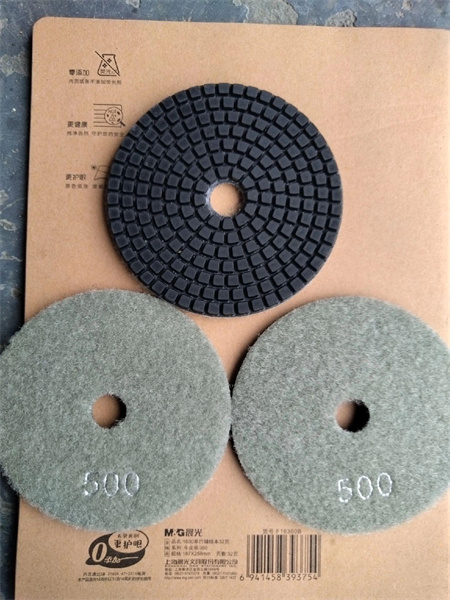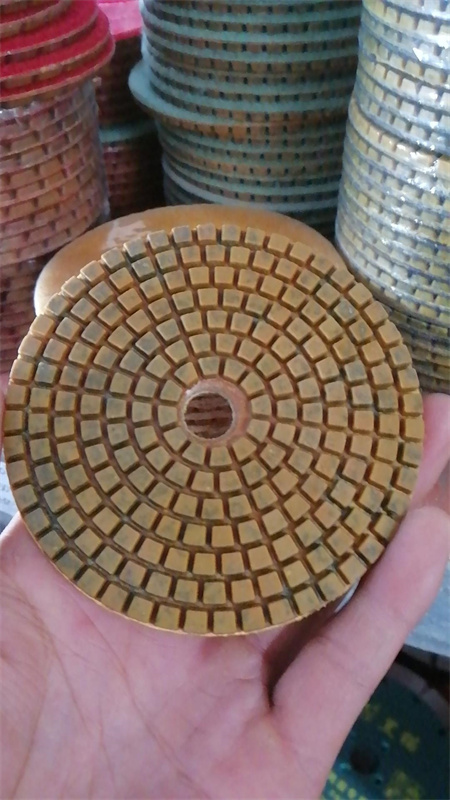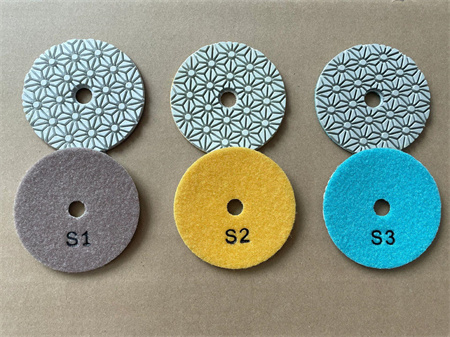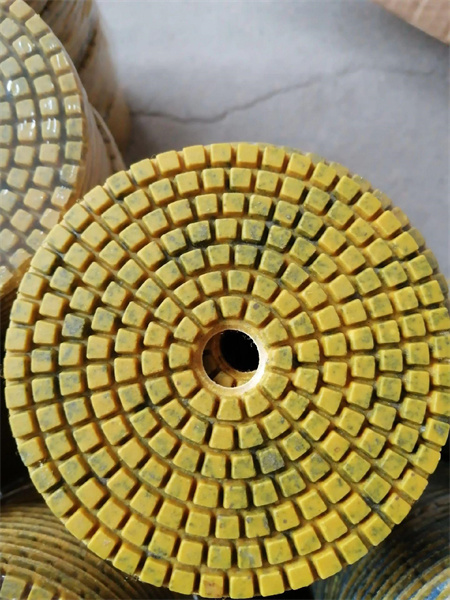Customizable Diamond Pads for B2B Clients
When it comes to precision and performance in industrial applications, there are few tools that can match the power and versatility of diamond pads. For businesses in sectors such as manufacturing, construction, electronics, and even the automotive industry, diamond pads offer unmatched quality and durability. However, every business has its unique needs, and the ability to customize these pads has become an essential feature for B2B clients looking to optimize their operations.
Why settle for one-size-fits-all solutions when you can have diamond pads tailored to your specific requirements? Customizable diamond pads are quickly becoming the go-to solution for businesses that demand more from their tools. By allowing companies to specify pad size, shape, grit, and other features, these customizable options ensure maximum efficiency and performance.
Tailored for Precision and Performance
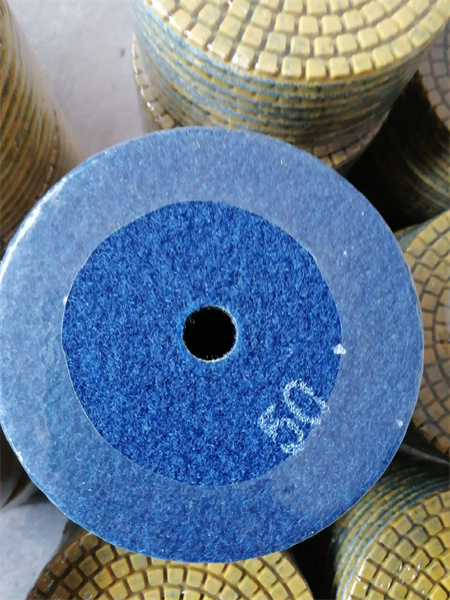
The beauty of customizable diamond pads lies in their adaptability. These pads are used in a wide range of industries for tasks like grinding, polishing, lapping, and surface preparation. Depending on the materials you’re working with, whether it’s concrete, glass, metal, or ceramics, different types of diamond pads may be needed to achieve optimal results. For example, certain industries may require ultra-fine pads for delicate finishes, while others may need more aggressive pads to remove material quickly.
Customization allows businesses to fine-tune the diamond pads according to their specific requirements. Whether you need a thicker pad for added pressure or a finer grit for polishing, the possibilities are endless. This level of customization translates into higher efficiency, reduced wear, and superior results, making diamond pads a wise investment for any business focused on quality and performance.
Industry-Specific Solutions
A major benefit of customizable diamond pads is their ability to serve multiple industries with highly specialized needs. For manufacturers in the semiconductor industry, for example, precise and uniform polishing of wafers is crucial. Custom diamond pads can be engineered to achieve these exacting standards, ensuring that every wafer is polished evenly, leading to improved yield and performance.
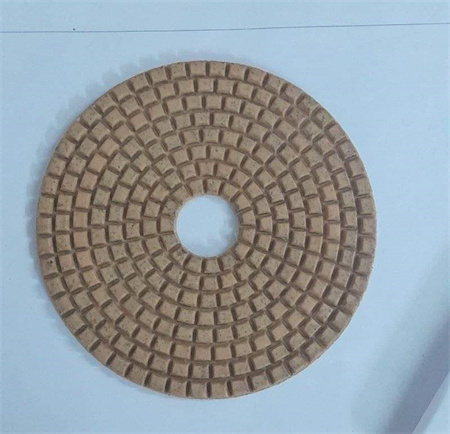
In the automotive sector, businesses may need diamond pads designed for heavy-duty grinding to shape and finish metal components. These pads can be made with higher diamond concentrations and specific bonding materials to withstand the extreme pressure and high temperatures typically encountered in automotive manufacturing.
For companies in the construction or stoneworking industries, customizable diamond pads can be adjusted for the unique demands of cutting or polishing harder materials like granite or marble. The flexibility to choose the right grit size and bonding material ensures that the pads perform optimally in these tough applications.
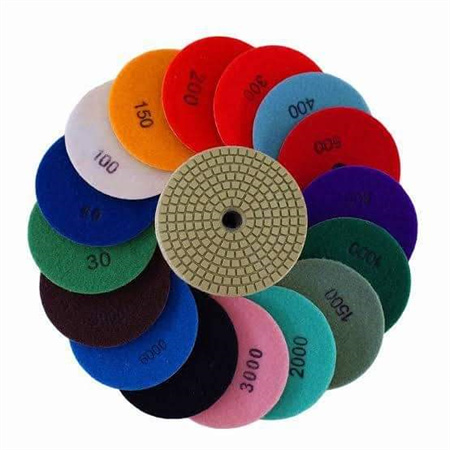
Maximizing Efficiency and Reducing Costs
One of the key reasons businesses are turning to customizable diamond pads is the cost-saving potential. By selecting pads that perfectly fit your operations, you minimize the chances of using the wrong type of pad for the job. This not only improves productivity but also reduces material waste, downtime, and the need for frequent replacements.
For instance, if a business were to use a generic diamond pad that wasn’t suited to the specific materials they were working with, the results could be subpar—leading to rework and delays. With customized diamond pads, businesses can ensure that every tool they use is perfectly matched to their needs, which directly translates to cost savings over time.
Furthermore, custom pads tend to last longer. They are designed with the ideal balance of diamond concentration, bonding agent, and pad thickness, reducing the need for frequent replacements and minimizing the risk of uneven wear.
Boosting Productivity with Custom Features
Customization goes beyond just grit and shape. Depending on the specific requirements of your business, diamond pads can be designed with additional features to enhance performance. For example, pads with better thermal conductivity can help dissipate heat more effectively, preventing overheating and extending the life of both the pad and the equipment.
The addition of special coatings or resins can also provide enhanced flexibility or resistance to harsh chemicals, making them ideal for industries that deal with extreme conditions. Pads with improved water retention or those designed for wet polishing can deliver superior finishes without generating excessive dust, which is crucial for industries concerned with environmental standards and worker safety.
The Competitive Edge
In the fast-paced and ever-evolving world of B2B commerce, having access to customizable tools like diamond pads can give businesses a significant competitive edge. Companies that embrace tailored solutions can increase productivity, reduce costs, and maintain a higher standard of quality, all of which lead to a stronger market position.
Moreover, working with suppliers that offer customization ensures that businesses aren’t left with outdated tools that can hinder their growth. Custom diamond pads help businesses stay ahead of the curve by providing exactly what they need to keep up with technological advancements and industry trends.
Conclusion
The demand for customizable diamond pads is on the rise as businesses increasingly recognize the importance of precision, performance, and efficiency. Whether you are working with delicate materials, high-stress applications, or unique production environments, the ability to tailor diamond pads to your specific needs is invaluable.
For B2B clients, investing in customizable diamond pads isn’t just about improving product quality—it’s about gaining an edge in an increasingly competitive marketplace. By selecting the right tools for the job, businesses can ensure they remain at the forefront of their industries, delivering exceptional results and maximizing their investment in both time and resources.
